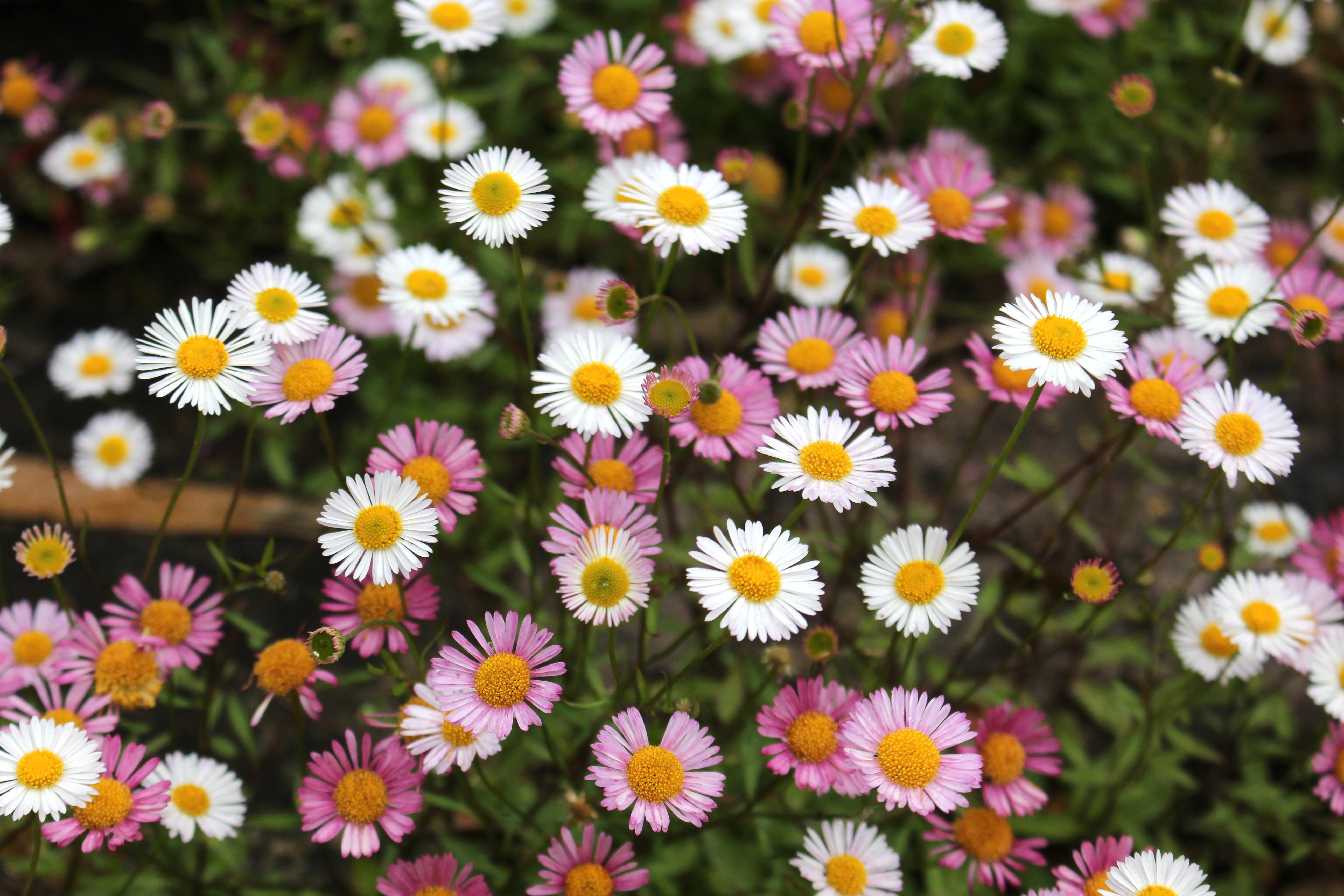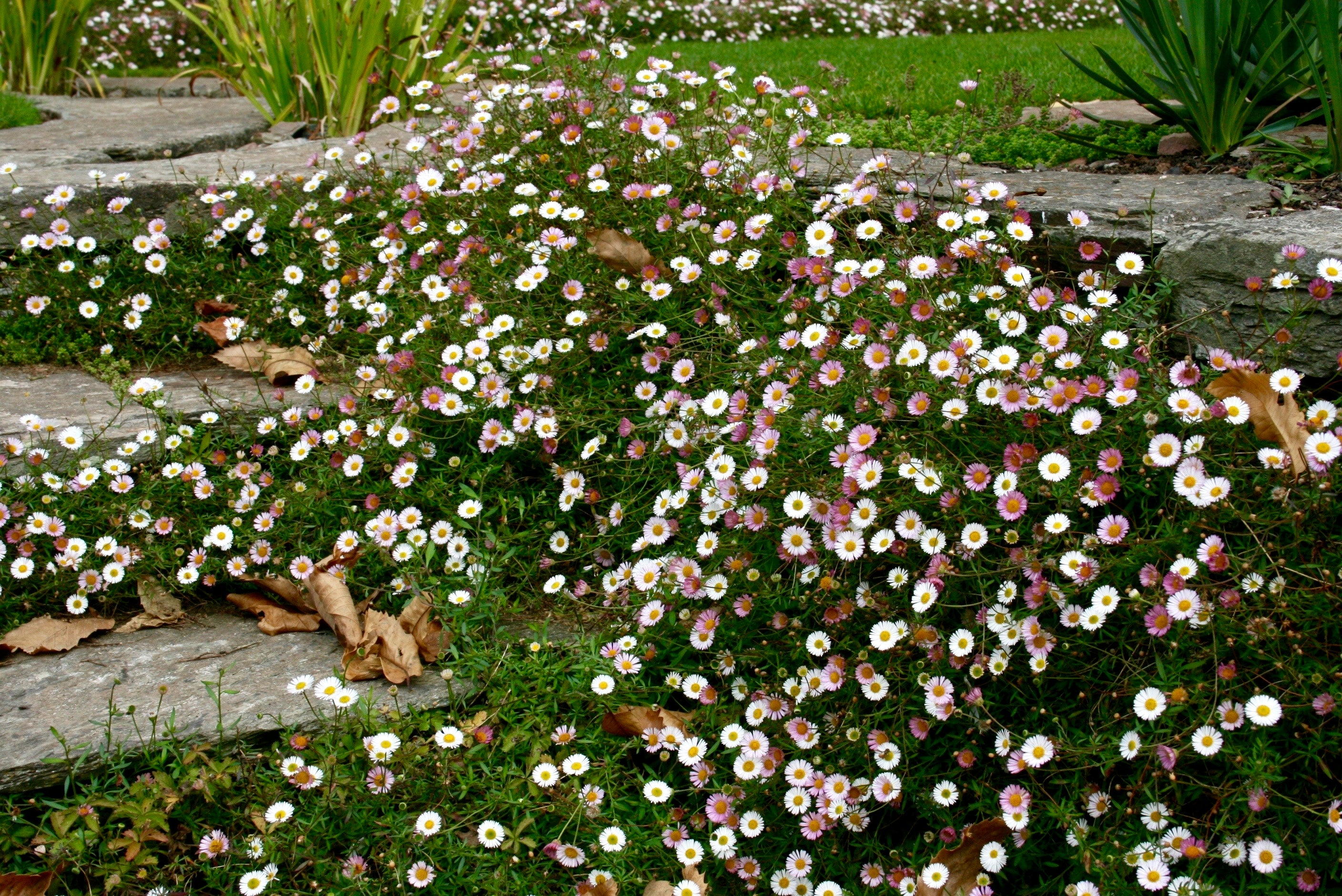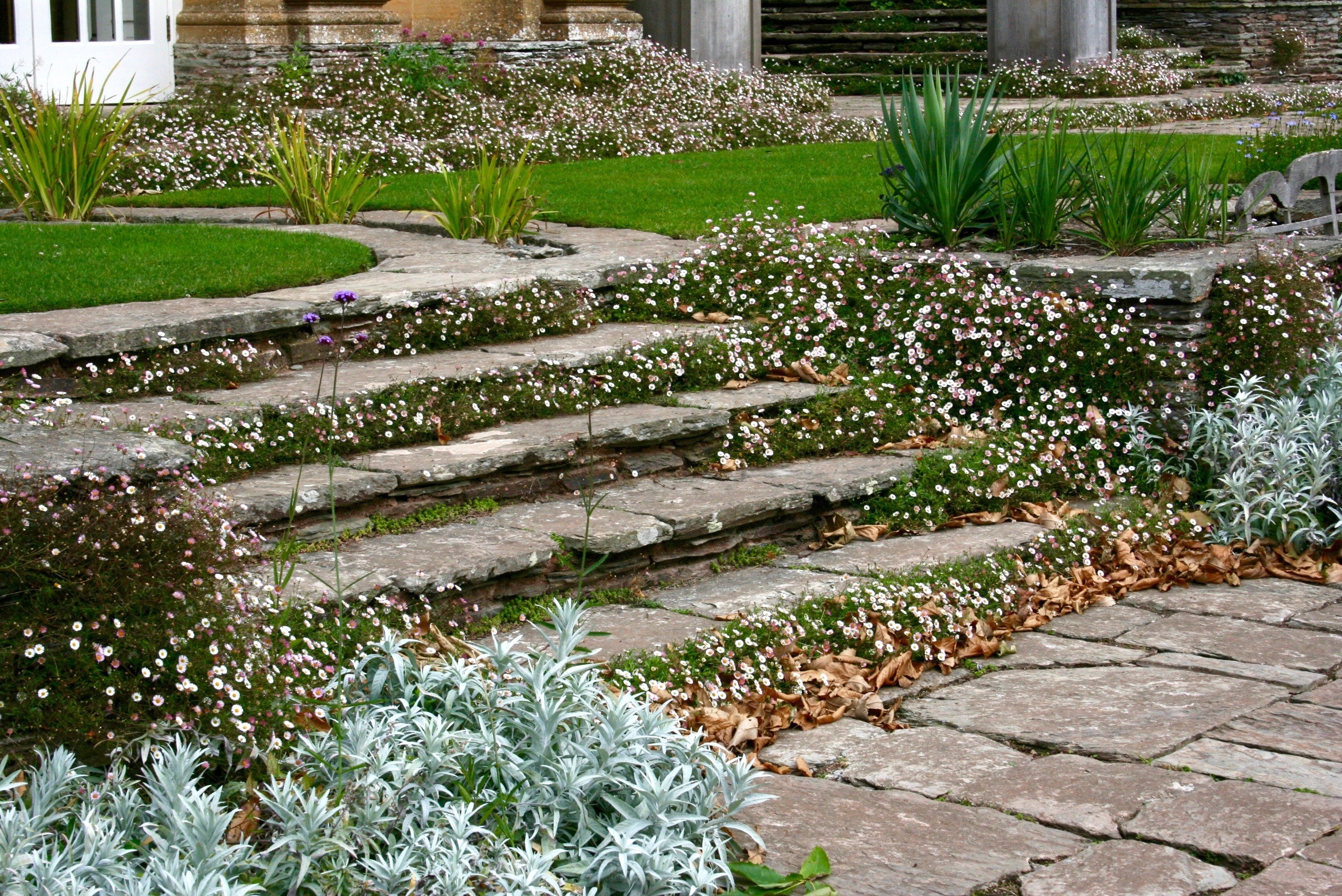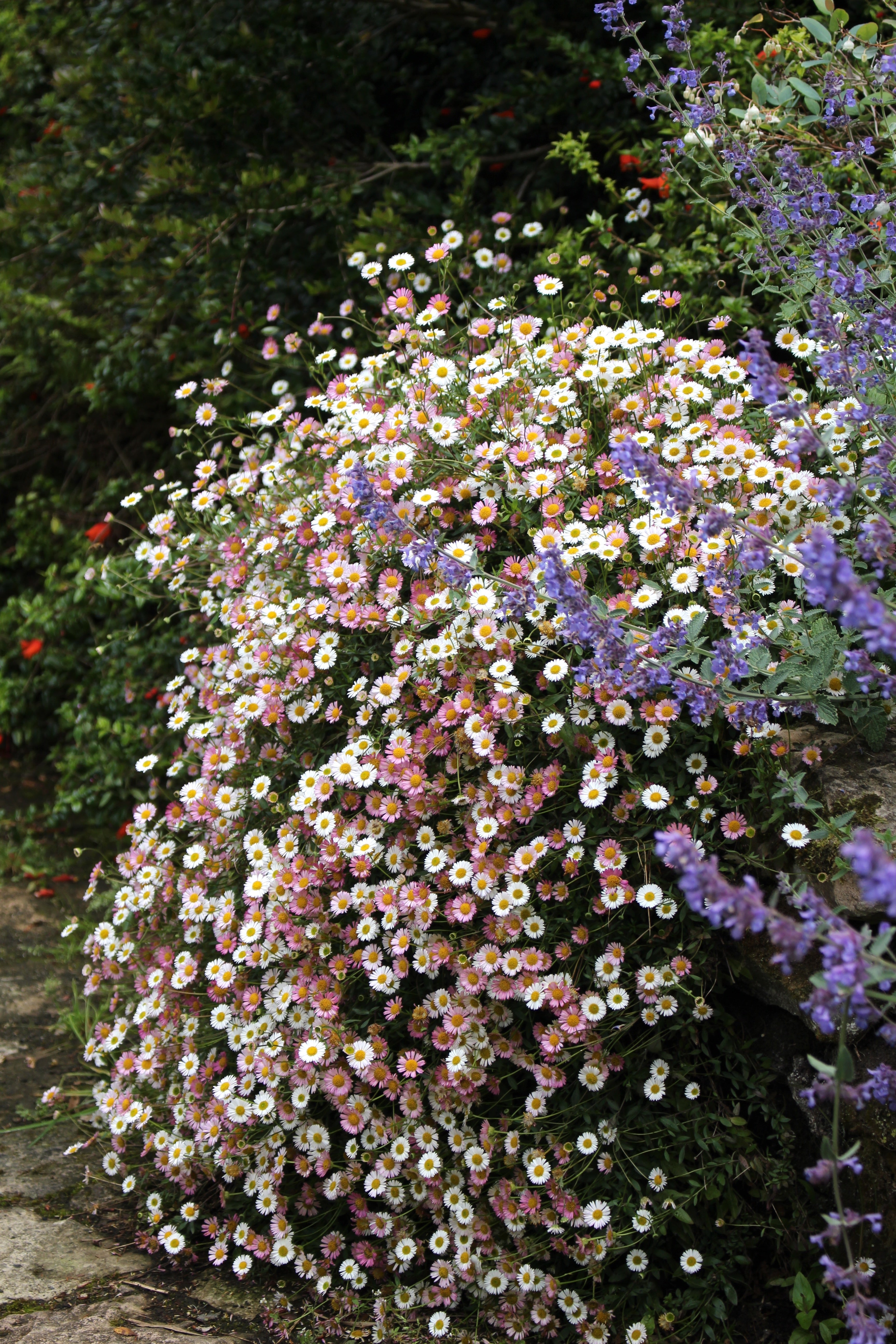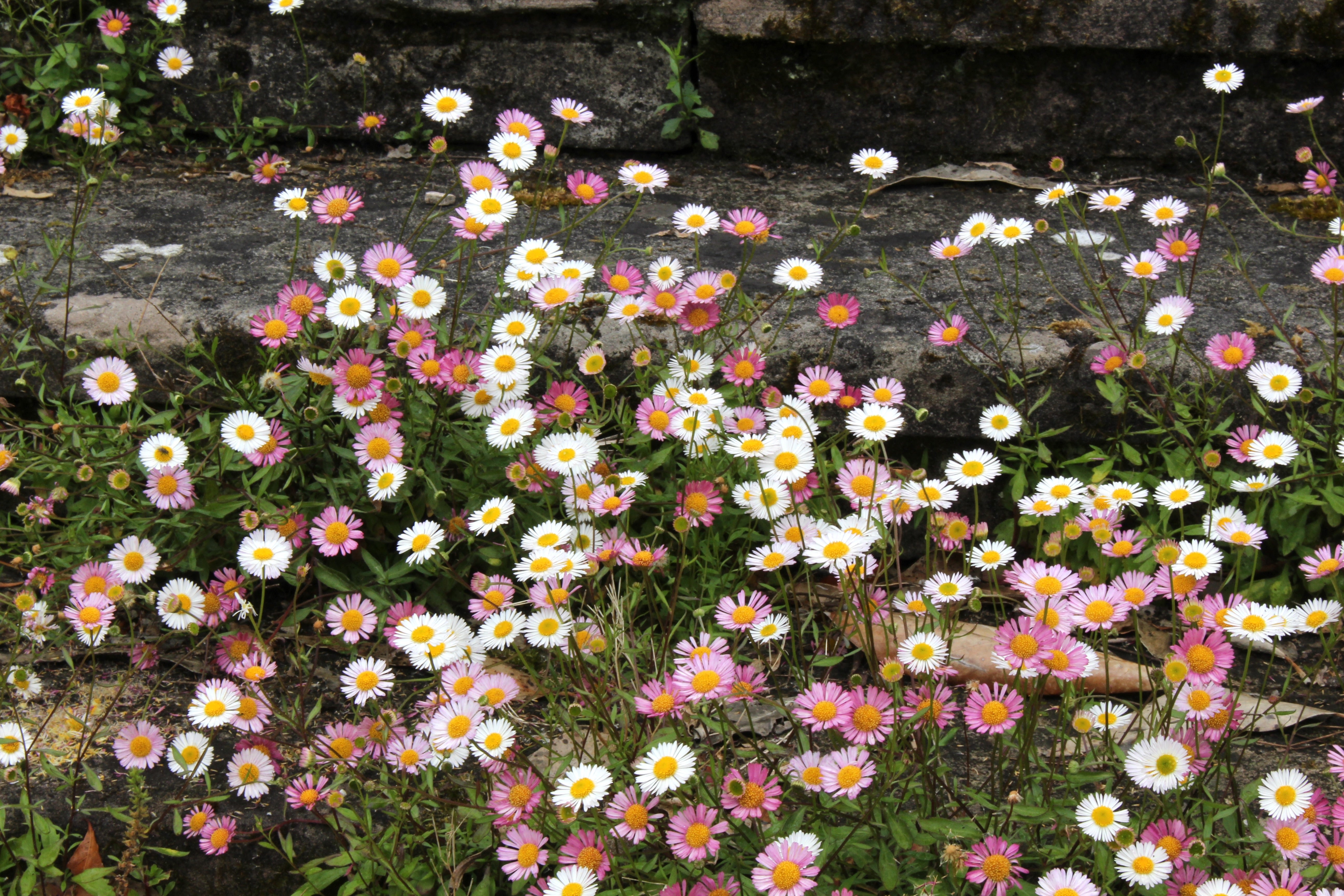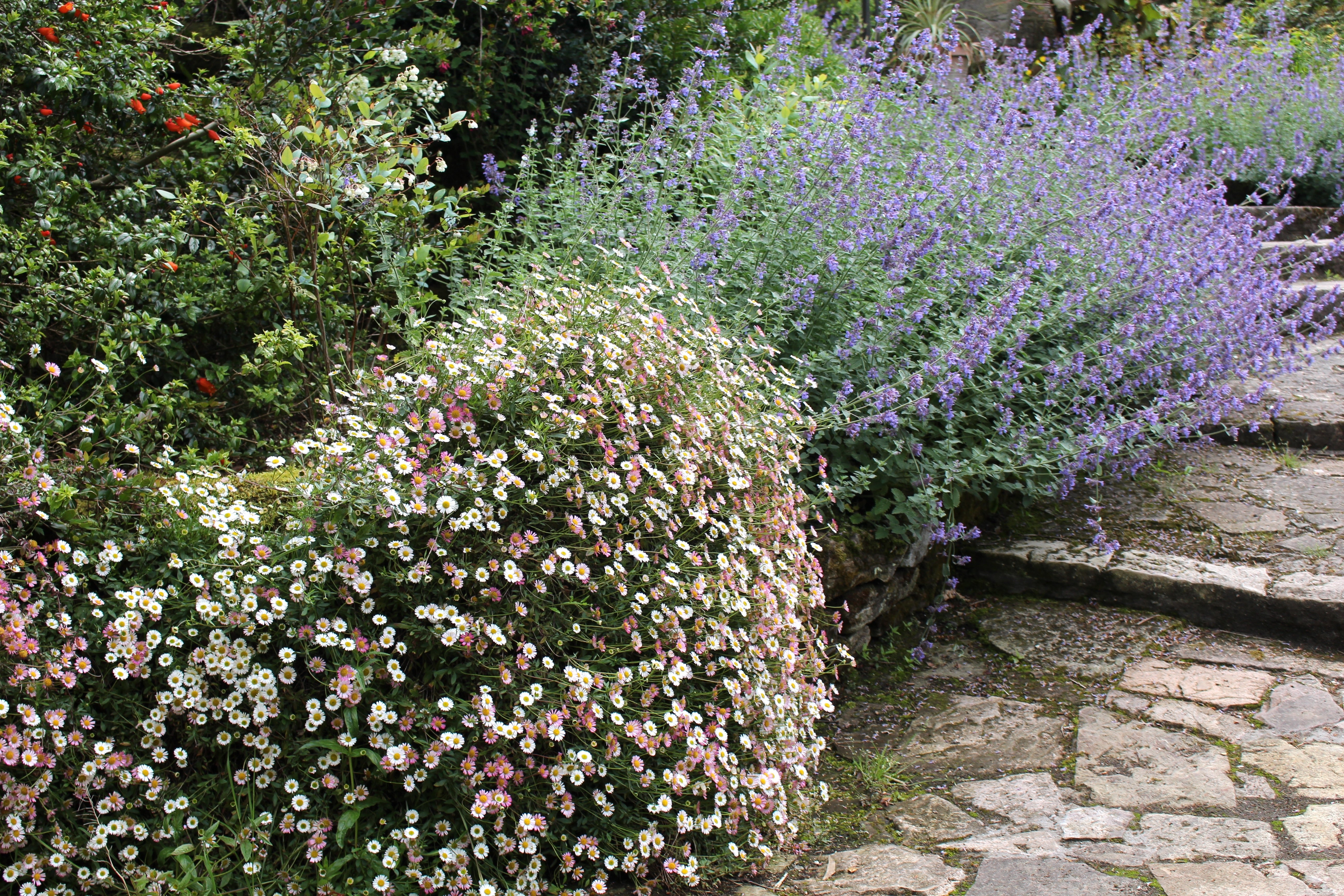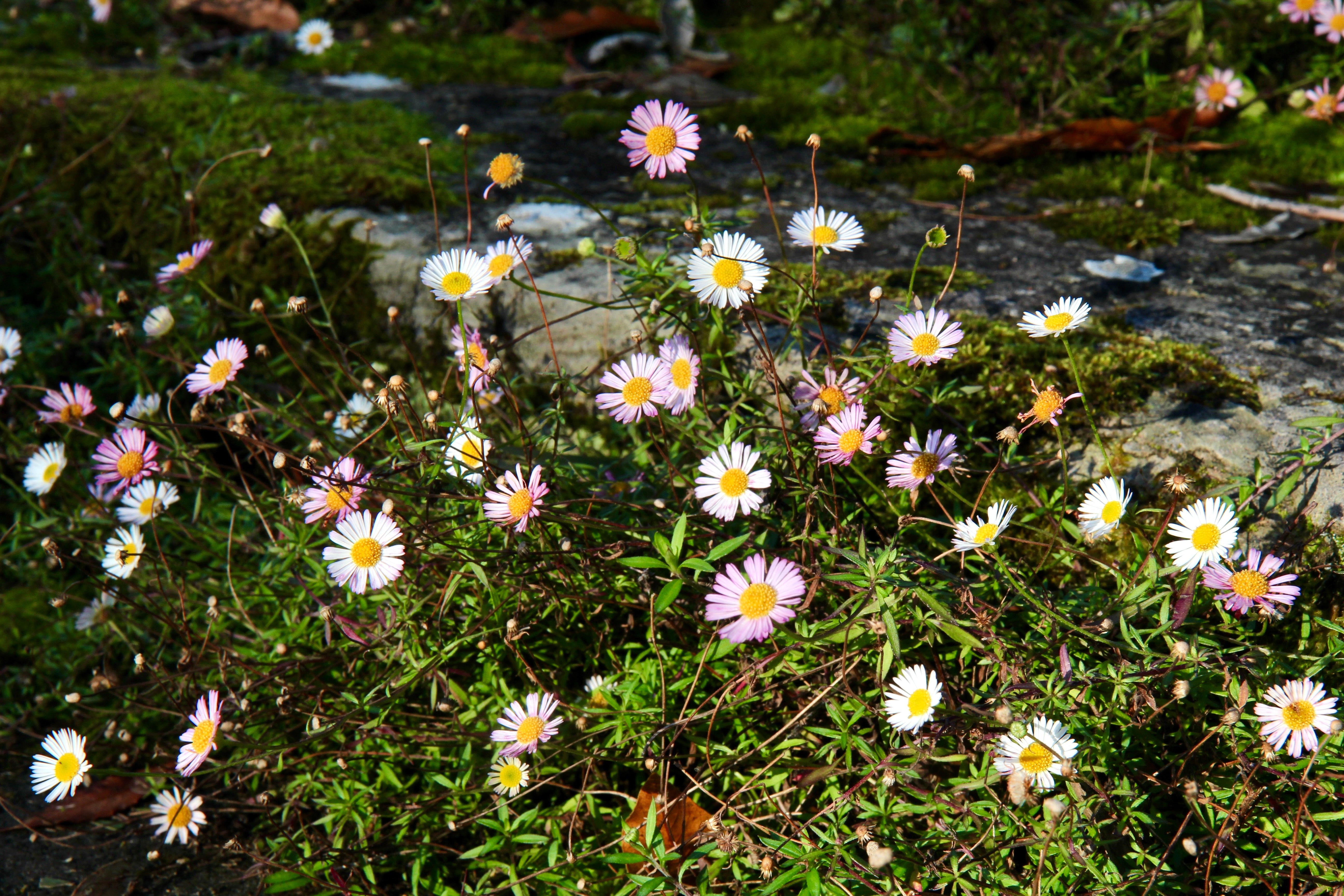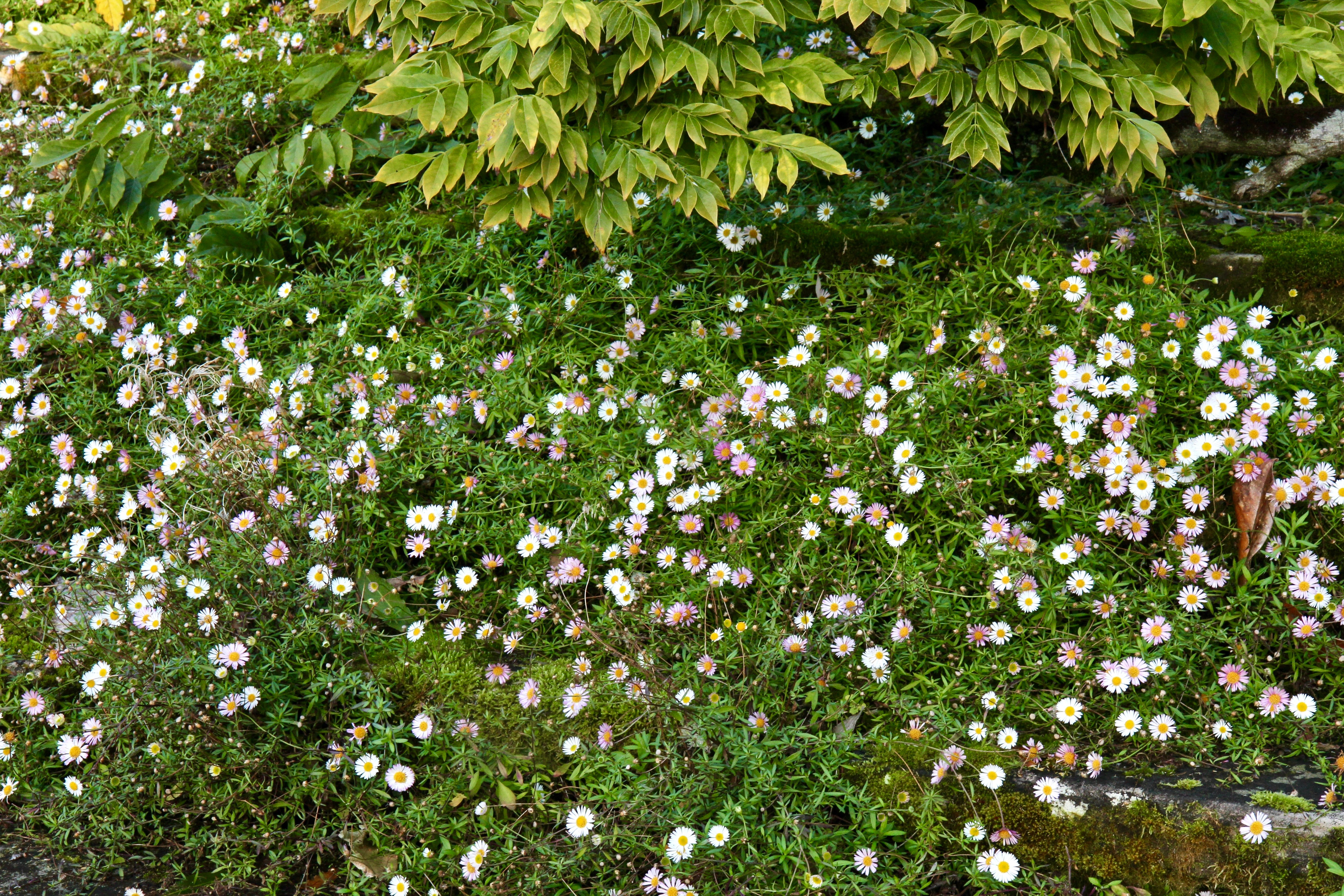Erigeron karvinskianus
Approx. 0.5 litre pot
About this cultivar:
Erigeron karvinskianus is cultivated for its daisy-like blooms, and is often confused with the closely related true daisy Bellis. The wonderful plant is best grown in crevices in walls or paving, where it rapidly spreads to provide a carpet of flowers for months and months. Seriously you may get nine months of flowers from this plant. Thus, it has gained the Royal Horticultural Society's Award of Garden Merit.
Interestingly it was used to colonised the concrete terraces of the football stadium (Estadio_Azteca) built in Mexico City for the 1970 World Cup. Wil grow in almost any nook and cranny - we even snapped some up and down a derelict house (see photo!).
Erigeron karvinskianus was first described in 1836 by the Swiss Botanist Augustin Pyramus de Candolle. The specific epithet refers to the Bavarian naturalist Wilhelm Friedrich Karwinski von Karwin, who collected the plant in Mexico according to de Candolle.
- Position: Full sun, partial shade
- Soil: Almost any soil, grows well in Ballyrobert, but not in wet areas! Rocks
- Flowers: April, May, June, July, August, September, October, November
- Other features: Grows well in Ballyrobert, Bees and Butterflies, Royal Horticultural Society Award of Garden Merit (RHS AGM)
- Hardiness: H5 - Hardy in most places throughout the UK even in severe winters (-15 to -10°C), Fully hardy - grows well in Ballyrobert!
- Habit: Mat forming
- Foliage: Deciduous
- Height: 15 - 25 cm (0.5 - 1 ft)
- Spread: 30 - 60 cm (1 - 2 ft)
- Time to full growth: 2 to 5 years
- Plant type: Herbaceous Perennial, Alpine or Rockery
- Colour: Green, yellow, pink, white
- Goes well with: Fuchsia, Lupin, Lavendula, Leucanthemum, Helianthemum and other daisies. Shrubs like Philadelphus and Kolkwitzia also pair well.
About this genus:
Erigeron is quite a large genus, with 390 species of annuals, biennials and perennials, not including all of the cultivars on the market too. The most widely used common name, fleabane, is shared with related plants in several other genera. It is derived from the belief that the dried plants repelled fleas, whilst the name Erigeron is derived from the Greek (eri = early; geron = old man), a reference to the appearance of the white hairs of the fruit soon after flowering.
As a member of the daisy family, the flowers unsurprisingly daisy like. Cultivar flowers can be white, blue or pink in colour and are produced in profusion for 1-2 months in the summer or autumn, depending on the species.
Erigeron need to be in well drained sunny areas - they type of soil doesn't matter as long as it is reasonably well drained. They are quite drought tolerant - a good plant for the seaside garden.
You can mass them together towards the front of the border, put them into a rock garden, or grow them in a container. Butterflies love them. Try them with Fuchsia, Lupin, Lavendula, Leucanthemum, Helianthemum and other daisies. Shrubs like Philadelphus and Kolkwitzia also pair well.

